
Filter News
Area of Research
- (-) Supercomputing (153)
- Advanced Manufacturing (5)
- Biological Systems (1)
- Biology and Environment (102)
- Biology and Soft Matter (4)
- Building Technologies (2)
- Chemical and Engineering Materials (3)
- Chemistry and Physics at Interfaces (7)
- Clean Energy (168)
- Climate and Environmental Systems (7)
- Computational Biology (1)
- Computational Chemistry (5)
- Computational Engineering (1)
- Computer Science (3)
- Data (1)
- Earth Sciences (1)
- Electricity and Smart Grid (1)
- Energy Frontier Research Centers (7)
- Fuel Cycle Science and Technology (2)
- Functional Materials for Energy (8)
- Fusion and Fission (32)
- Fusion Energy (7)
- Geographic Information Science and Technology (1)
- Isotopes (21)
- Materials (122)
- Materials for Computing (13)
- Materials Synthesis from Atoms to Systems (8)
- Materials Under Extremes (7)
- National Security (45)
- Neutron Data Analysis and Visualization (2)
- Neutron Science (72)
- Nuclear Science and Technology (27)
- Quantum Condensed Matter (3)
- Quantum information Science (4)
- Renewable Energy (2)
- Sensors and Controls (2)
- Transportation Systems (4)
News Type
News Topics
- 3-D Printing/Advanced Manufacturing (2)
- Artificial Intelligence (21)
- Big Data (13)
- Bioenergy (3)
- Biology (6)
- Biomedical (7)
- Biotechnology (1)
- Buildings (2)
- Chemical Sciences (1)
- Climate Change (12)
- Computer Science (45)
- Coronavirus (7)
- Cybersecurity (2)
- Decarbonization (3)
- Energy Storage (1)
- Environment (13)
- Exascale Computing (12)
- Frontier (13)
- Grid (1)
- High-Performance Computing (20)
- Machine Learning (7)
- Materials (4)
- Materials Science (8)
- Mathematics (1)
- Microscopy (2)
- Nanotechnology (5)
- National Security (3)
- Net Zero (1)
- Neutron Science (6)
- Nuclear Energy (2)
- Physics (3)
- Quantum Computing (10)
- Quantum Science (10)
- Security (1)
- Simulation (10)
- Software (1)
- Space Exploration (1)
- Summit (21)
- Sustainable Energy (3)
- Transportation (3)
Media Contacts
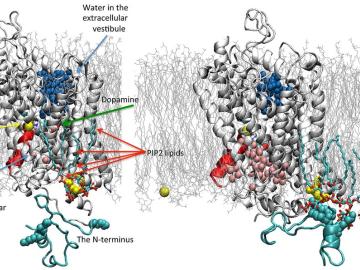
In an era of instant communication, perhaps no message-passing system is more underappreciated than the human body. Underlying each movement, each mood, each sight, sound, or smell, an army of specialized cells called neurons relays signals that register in the brain and connect us to our environment.
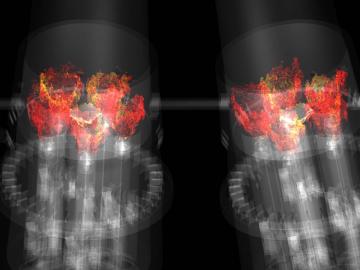
In the United States, the use of natural gas for electricity generation continues to grow. The driving forces behind this development? A boom in domestic natural gas production, historically low prices, and increased scrutiny over fossil fuels’ carbon emissions. Though coal still acco...
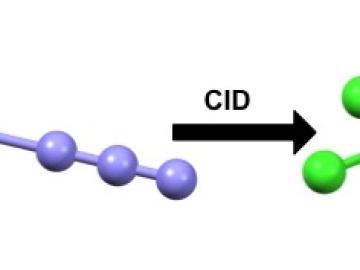
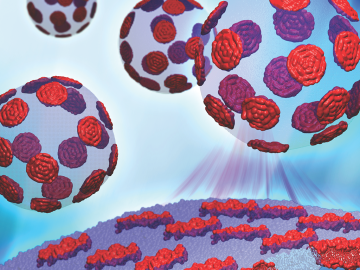
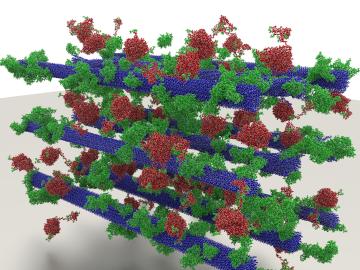
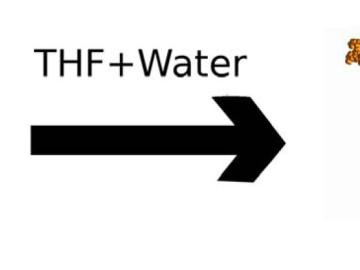

Since lasers were first produced in the early 1960s, researchers have worked to apply laser technology from welding metal to surgeries, with laser technology advancing quickly through the last 50 years. Surgery, chemotherapy, and radiation therapy all play important roles...
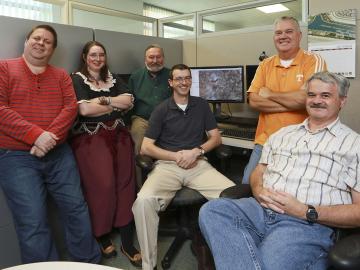
Bruce Lester has had a lot of jobs: fisherman, horse trainer, “professional stair builder.” He last worked for a real estate company, surveying land using geographic software. “When the bottom fell out of the construction industry and the company downsized, I got laid off,”
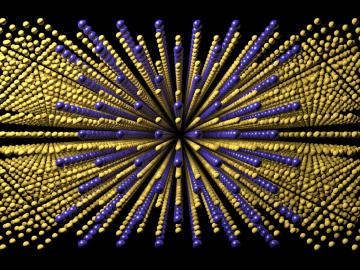
The Department of Energy’s Oak Ridge National Laboratory, FCA US LLC, and the foundry giant, Nemak of Mexico, are combining their strengths to create lightweight powertrain materials that will help the auto industry speed past the technological
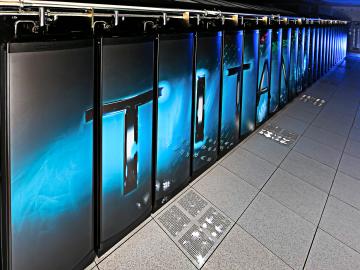
Oak Ridge National Laboratory gave social media users an exclusive tour of its supercomputer Titan on Nov. 5. Using Periscope, a live video broadcasting service app, Bronson Messer, senior scientist at ORNL's Scientific Computing and Theoretical Physics Groups...


